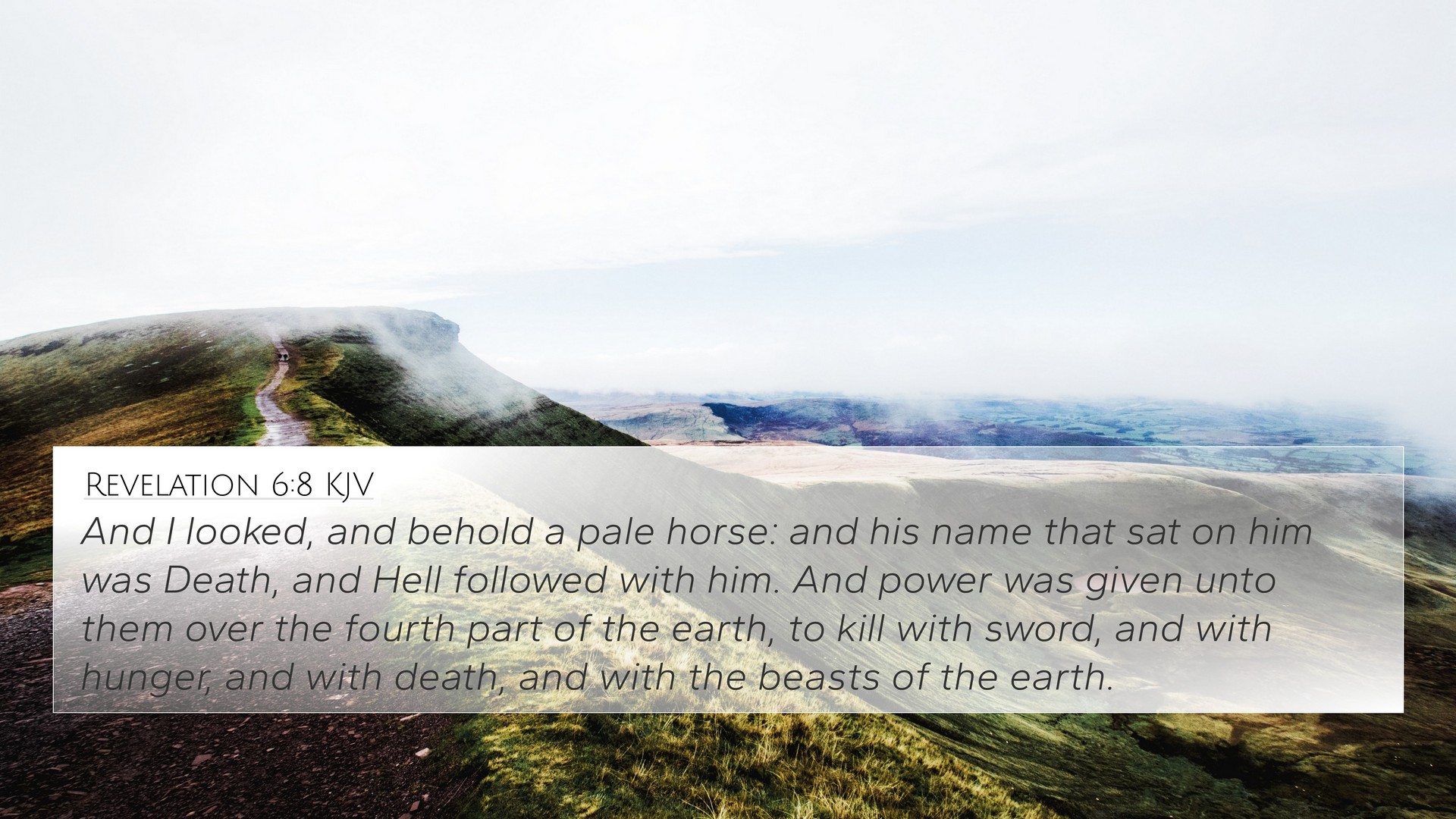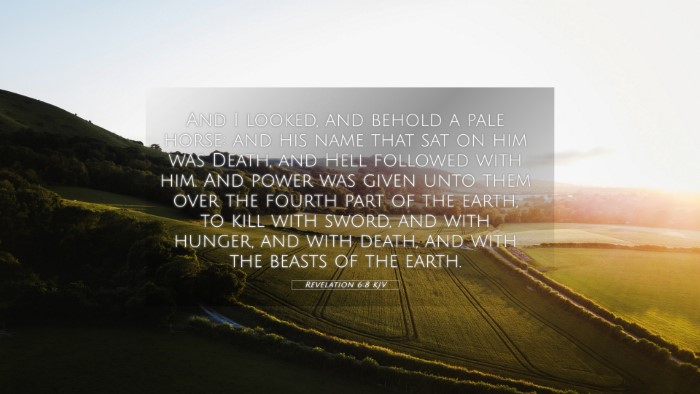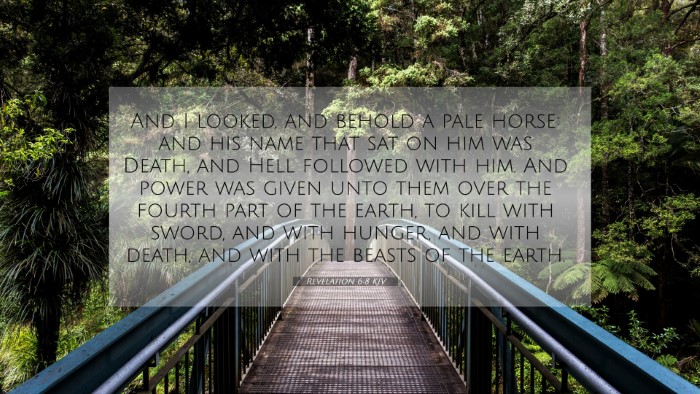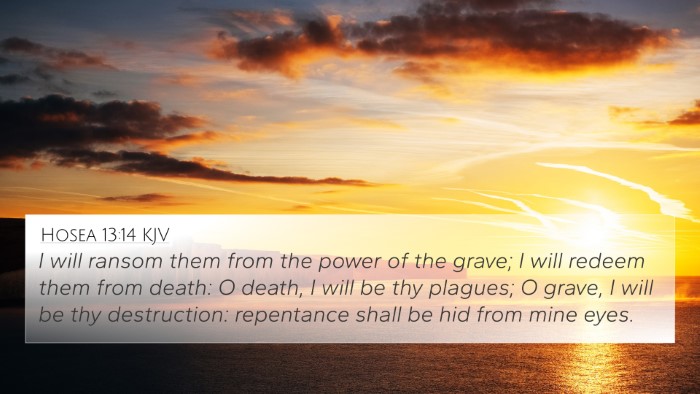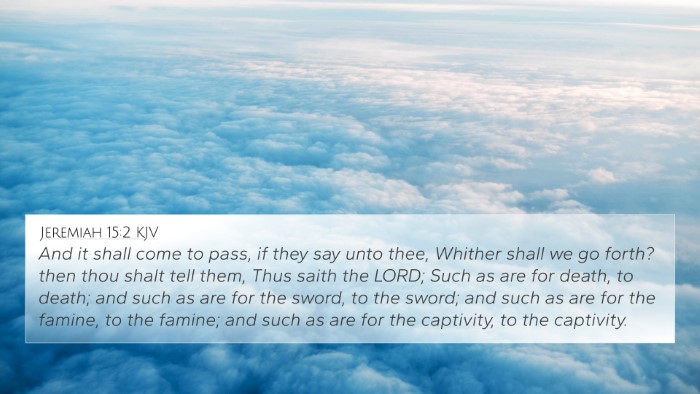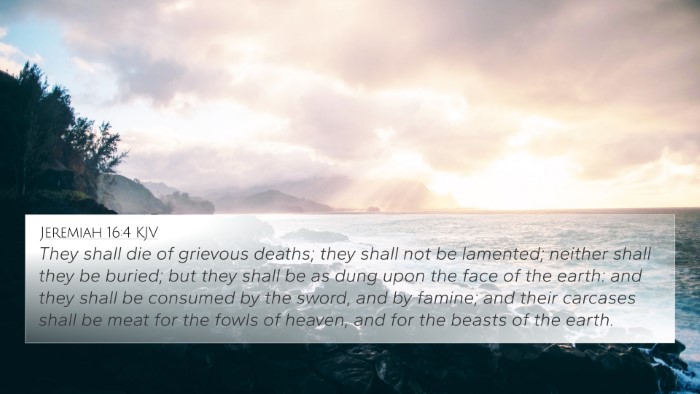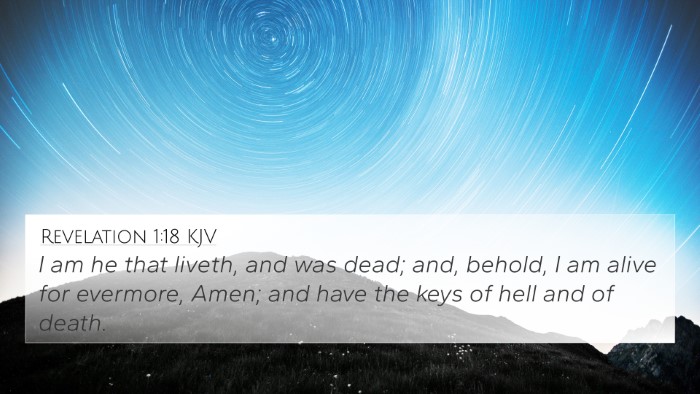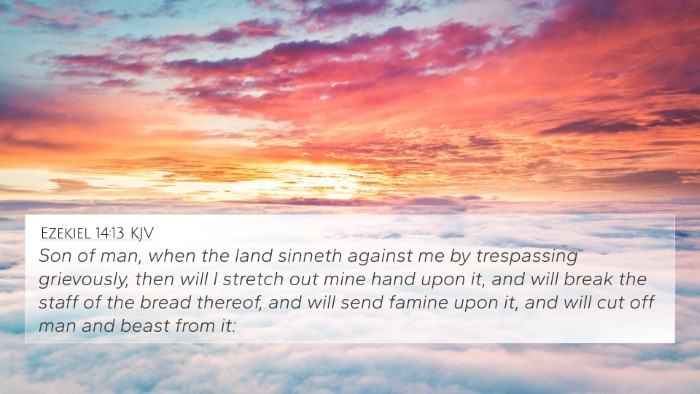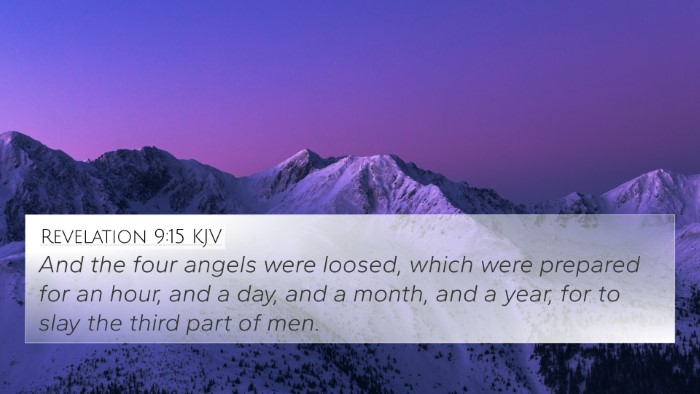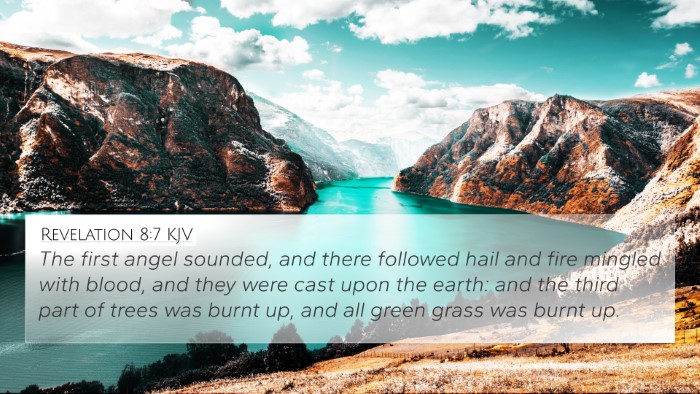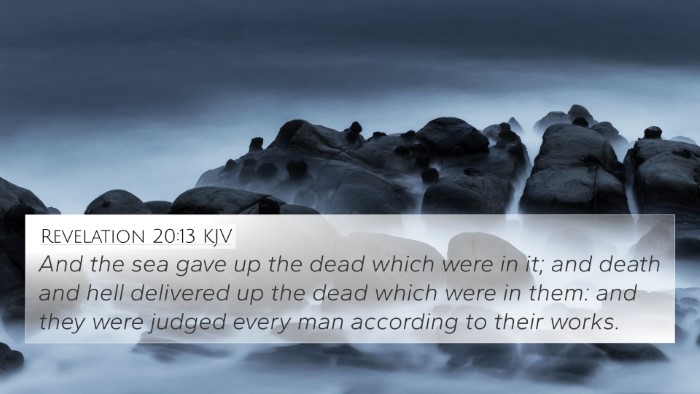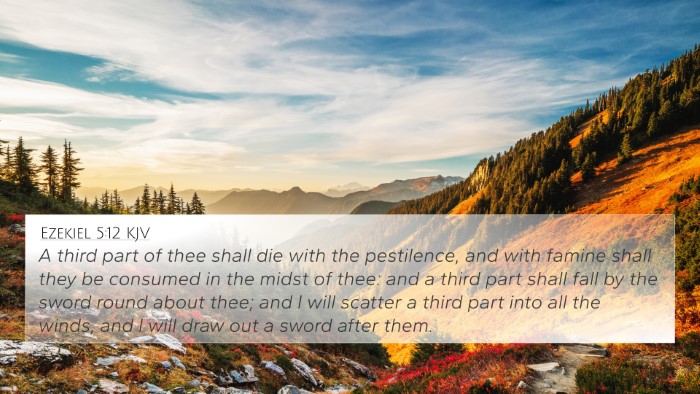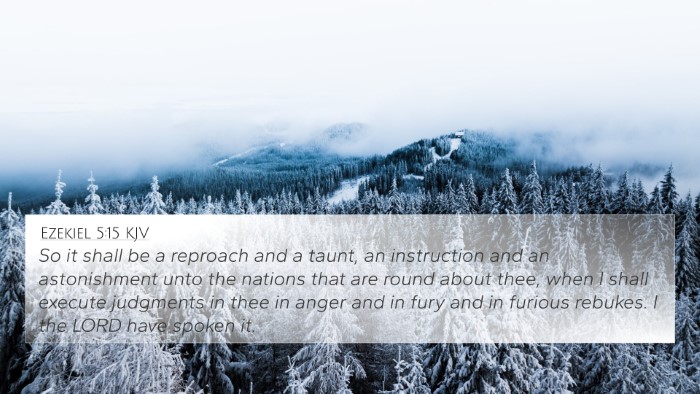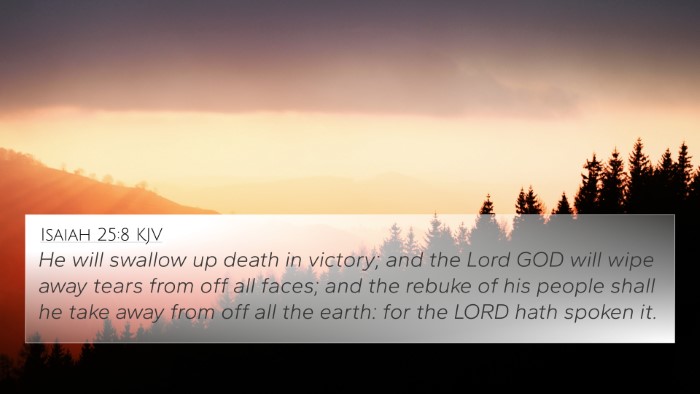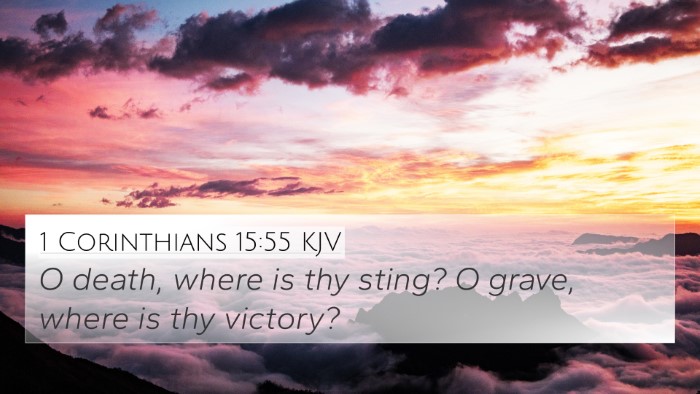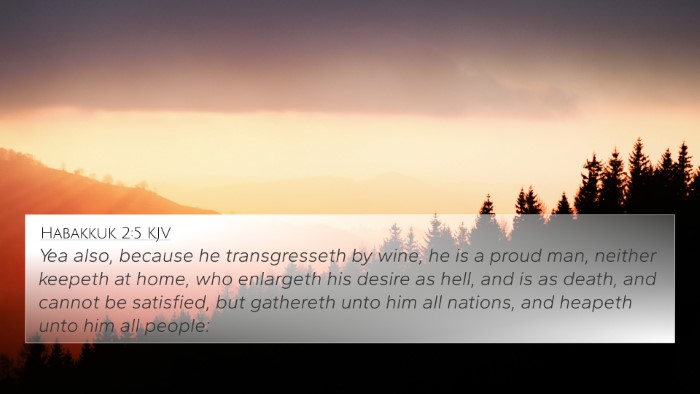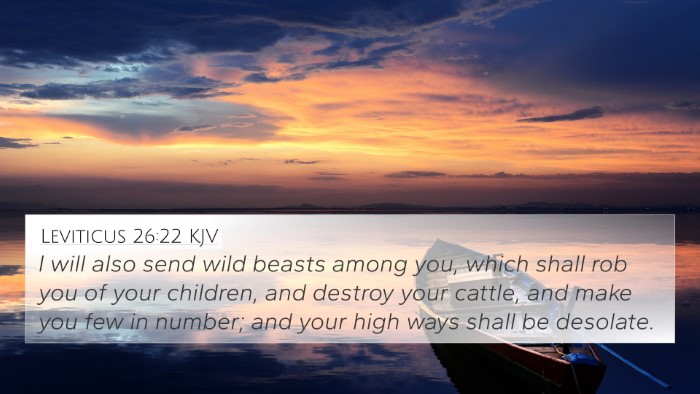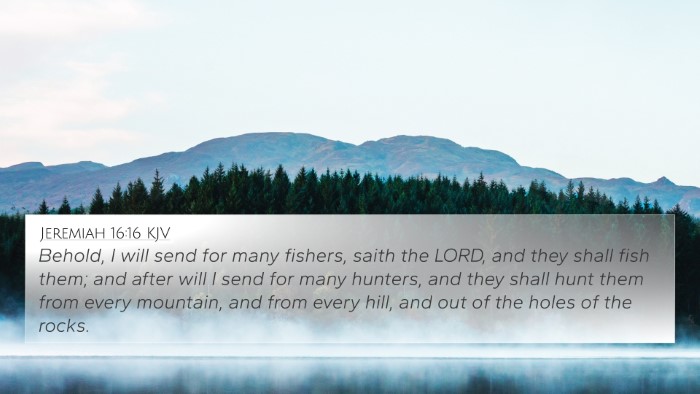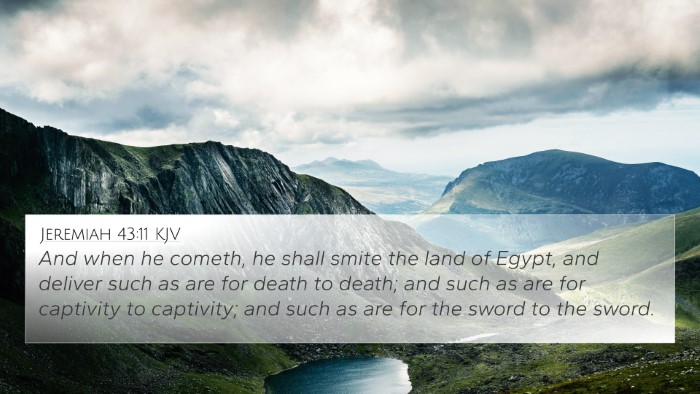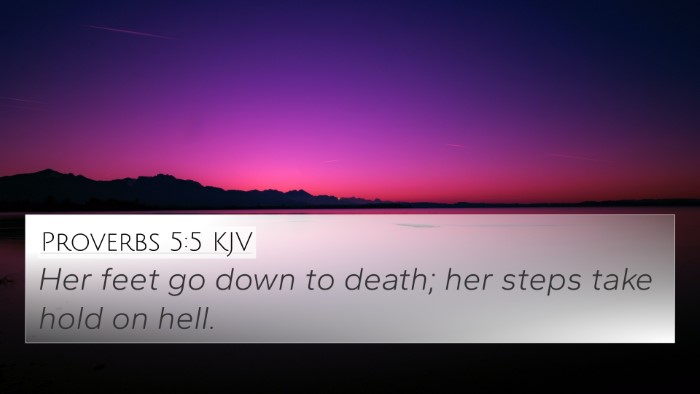Understanding Revelation 6:8
Bible Verse: "And I looked, and behold a pale horse: and his name that sat on him was Death, and Hell followed with him. And power was given unto them over the fourth part of the earth, to kill with sword, and with hunger, and with death, and with the beasts of the earth." (Revelation 6:8)
Meaning and Interpretation
This verse from the Book of Revelation is about the fourth horseman of the Apocalypse, symbolizing death and destruction. Here’s a summarized analysis based on insights from public domain commentaries.
Matthew Henry's Commentary:
Henry emphasizes that the pale horse represents death and the shadows of mortality that loom over humanity. The horseman signifies the inevitable end that awaits all, and highlights mortality’s prevalence during tumultuous times. He notes that "Death" and "Hell" are significant in their pursuit to claim lives, showcasing the complete dominion over a significant portion of the human race. This raises a somber reflection on the consequences of sin and the divine judgment that follows.
Albert Barnes' Notes:
Barnes interprets the color of the horse as pale, and he relates this imagery to the sickness and decay associated with death. He explains that the presence of “Death” and “Hell” symbolizes the grave's demand for payment, thus indicating that death has been unleashed in a significant way. Barnes also connects this verse to the larger theme of God’s judgment, relying on the notion that during the end times, violence, famine, and various forms of suffering will escalate.
Adam Clarke's Commentary:
Clarke elucidates the connection between the pale horse and natural human fears. He states that the increase in conflict, famine, and beasts symbolizes the chaotic conditions that come with the loss of divine protection. His commentary suggests that this reflects humanity’s turning away from God’s guidance, thus opening the gates for chaos and despair. Through Clarke’s perspective, we see a vivid illustration of the potential repercussions that stem from disobedience and rebellion against divine order.
Comparative Analysis and Cross-References
Revelation 6:8 serves as a poignant reminder of the themes of judgment, mortality, and divine authority. Here are some key Bible verses that relate to this profound insight:
- Matthew 24:7: "For nation shall rise against nation, and kingdom against kingdom: and there shall be famines, and pestilences, and earthquakes, in divers places." - This resembles the calamity and suffering depicted in Revelation 6:8.
- Luke 21:11: "And great earthquakes shall be in divers places, and famines, and pestilences; and fearful sights and great signs shall there be from heaven." - Here, we find a similar foretelling of distress.
- Romans 6:23: "For the wages of sin is death; but the gift of God is eternal life through Jesus Christ our Lord." - Connects the themes of death and sin's consequences.
- Psalms 79:2: "The dead bodies of thy servants have they given to be meat unto the fowls of the heaven, the flesh of thy saints unto the beasts of the earth." - Echoes the imagery of devastation and death.
- 1 Corinthians 15:26: "The last enemy that shall be destroyed is death." - Speaks to the ultimate fate of death as outlined in Revelation.
- Hebrews 9:27: "And as it is appointed unto men once to die, but after this the judgment." - Affirms the certainty of death and subsequent judgment.
- James 4:14: "For what is your life? It is even a vapor, that appeareth for a little time, and then vanisheth away." - Reinforces the frailty of human existence.
- Isaiah 28:15: "Because ye have said, We have made a covenant with death, and with hell are we at agreement." - A poignant parallel about death's grip and humanity’s folly.
Thematic Connections
The verse can be explored through the lens of various thematic Bible verse connections:
- Mortal Judgment: Links between divine judgment and human sin.
- Apocalyptic Imagery: Similar depictions in prophetic literature.
- Human Suffering: Connections with biblical accounts of famine and mortal peril.
- The Concept of Death: Examination of how death is portrayed throughout the scriptures.
Further Exploration Using Cross-Referencing Tools
For deeper engagement with the texts, employing tools for Bible cross-referencing can enhance understanding:
- Bible Concordance: To identify similar themes and lexical meanings.
- Bible Cross-Reference Guide: A resource to explore related scriptures comprehensively.
- Cross-Reference Bible Study: A method for examining thematic threads across different books.
- Bible reference resources: Various tools to assist with identifying connections.
Concluding Thoughts
Revelation 6:8 invites reflection upon the realities of human existence, mortality, and divine judgment. By utilizing a comparative Bible verse analysis and cross-referencing biblical texts, one can gain richer insights into the meanings held within the scriptures. As we engage with these concepts, we are reminded to seek spiritual guidance and discernment, aligning our understanding with the wisdom found in God's word.
